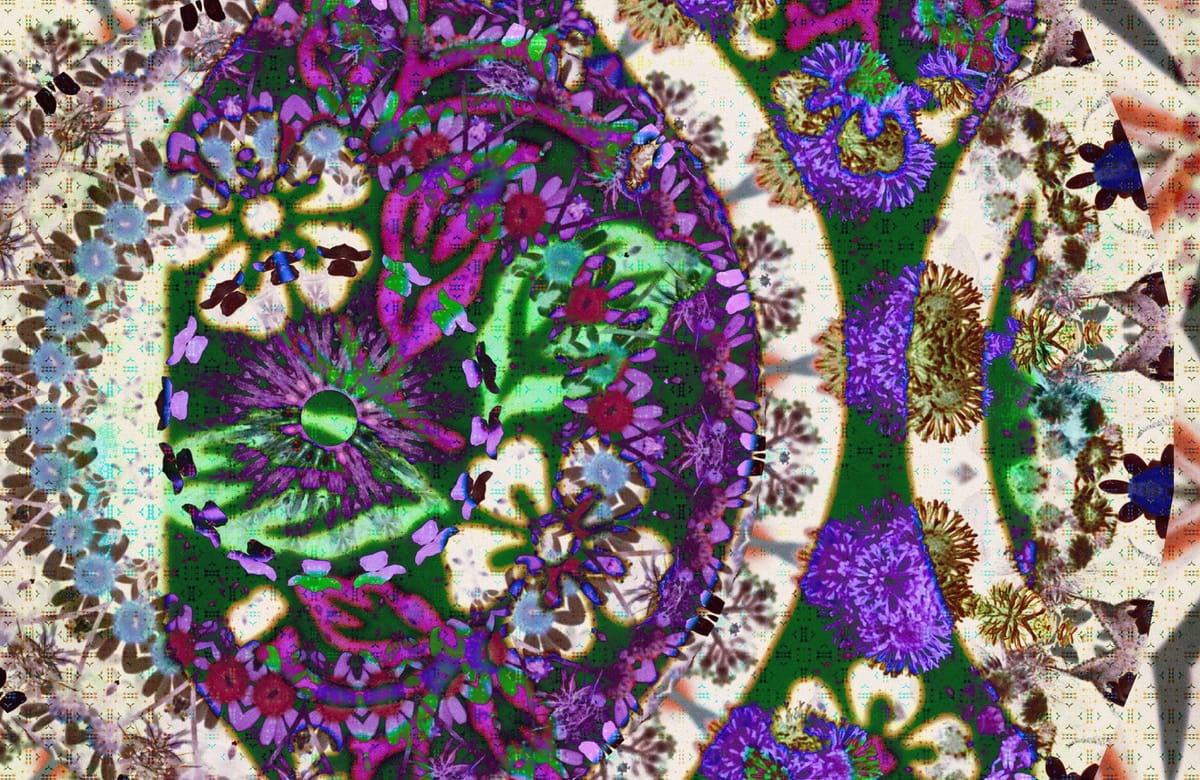The Five Elements in Ayurveda
Each element represents a unique aspect of physical reality and contributes to the makeup of all matter and life forms in the universe.

Central to Ayurvedic philosophy is the interplay of the five elements, known as Pancha Mahabhutas. These elements—earth (Prithvi), water (Jala), fire (Agni), air (Vayu), and space (Akasha)—are considered the essential building blocks of all matter in the universe. This includes not just the physical world around us but also the very essence of the human body.
- Earth (Prithvi) represents solidity and structure, giving form and stability to everything from bones to muscles.
- Water (Jala) embodies fluidity and cohesion, playing a crucial role in all bodily fluids, such as blood, lymph, and digestive juices.
- Fire (Agni) symbolises transformation and metabolism, governing digestion and the conversion of food into energy.
- Air (Vayu) denotes movement and is responsible for all bodily functions that involve motion, including breathing, circulation, and nerve impulses.
- Lastly, space (Akasha) signifies openness and expansiveness, providing the necessary field within which all other elements interact and operate.
Understanding these five elements is so important because they form the basis for explaining the principles of human physiology, the workings of the natural world, and the dynamic interactions between the two. Each element contributes uniquely to the body's physiological functions and characteristics, influencing everything from the metabolic processes that provide energy to the fragile balance of the doshas—Vata, Pitta, and Kapha—which are the fundamental bio-energies controlling further our body's health and harmony. By recognising the role of Pancha Mahabhutas, one gains deeper insight into the interconnectedness of nature and human health.




